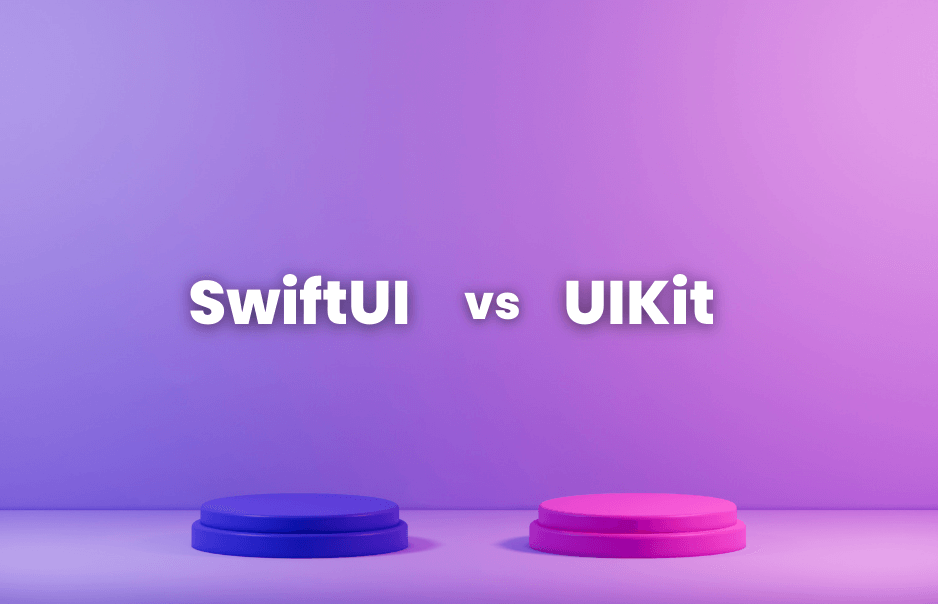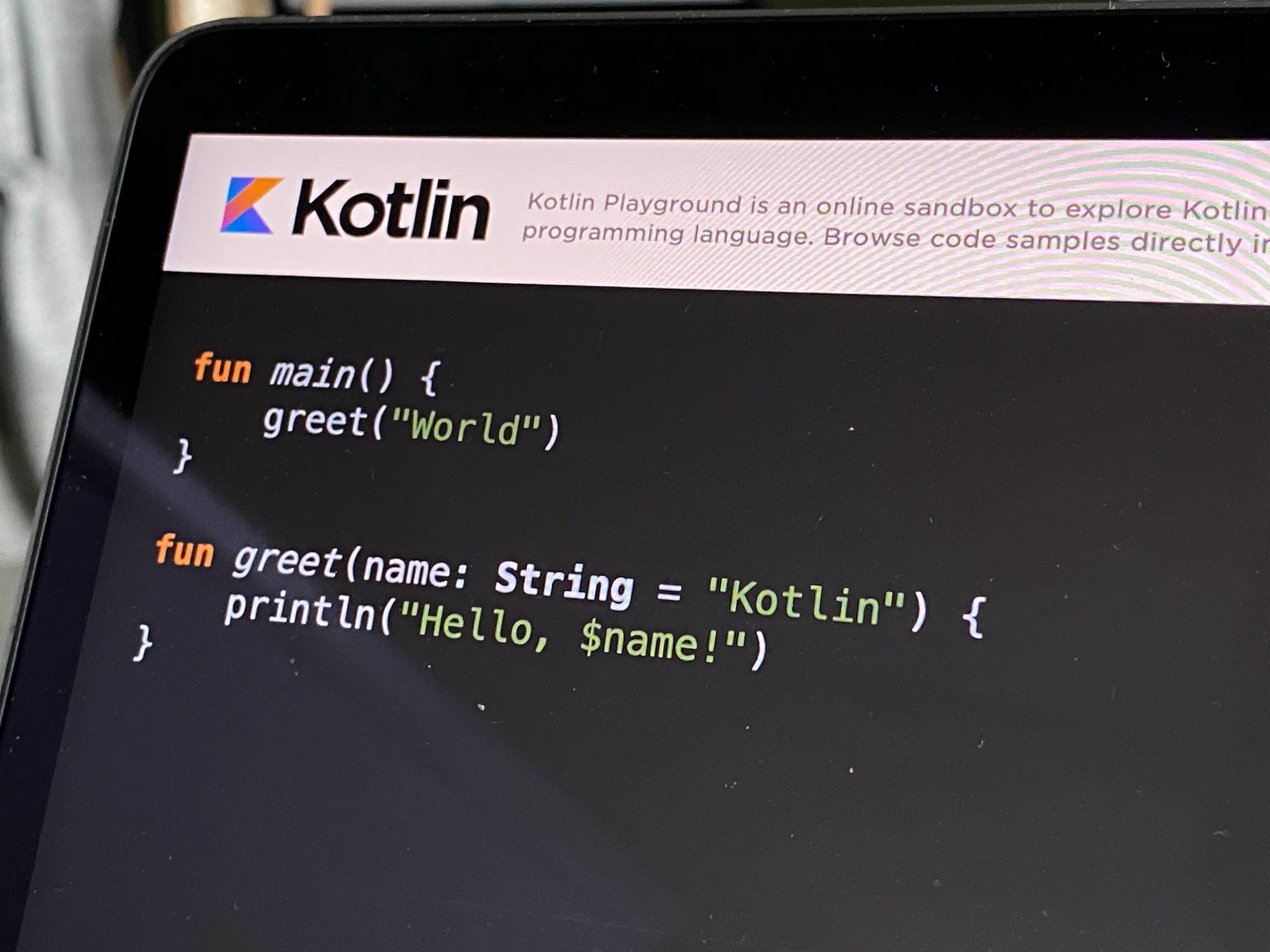Introduction
When it comes to iOS development, choosing the right framework is crucial. Two popular options are SwiftUI and UIKit. Both frameworks have their own strengths and weaknesses, so it’s important to understand their differences and consider your specific needs before making a decision.

What is SwiftUI?
SwiftUI is a modern framework introduced by Apple in 2019. It is designed to make it easier for developers to build user interfaces for their iOS, macOS, watchOS, and tvOS apps. SwiftUI uses a declarative syntax, which means you describe the desired result and let the framework handle the implementation details.
What is UIKit?
UIKit, on the other hand, is the original framework for building iOS user interfaces. It has been around since the first version of the iOS SDK and is widely used by developers. UIKit follows an imperative programming model, where you explicitly define the steps to create and update the user interface.
Advantages of SwiftUI
SwiftUI offers several advantages over UIKit:
- Declarative Syntax: SwiftUI’s declarative syntax makes it easier to understand and maintain code. You describe the desired user interface and let the framework handle the rest.
- Live Preview: SwiftUI provides a live preview feature that allows you to see the changes in real-time as you edit your code. This can greatly speed up the development process.
- Less Code: SwiftUI requires less code compared to UIKit, thanks to its declarative nature and built-in features like automatic layout and animation.
- Platform Independence: SwiftUI is not limited to iOS development. You can use the same codebase to build apps for macOS, watchOS, and tvOS.
Advantages of UIKit
While SwiftUI has its advantages, UIKit also has its strengths:
- Maturity: UIKit has been around for a long time and is a mature framework with a large community and extensive documentation. This can be beneficial when you need to find solutions to specific problems or get help from other developers.
- Flexibility: UIKit offers more flexibility and control over the user interface. You have fine-grained control over every aspect of the UI, which can be important for complex app designs.
- Compatibility: UIKit is compatible with older iOS versions, making it a better choice if you need to support older devices or operating systems.
Choosing the Right Framework
So, how do you choose between SwiftUI and UIKit? Here are some factors to consider:
- Project Requirements: Evaluate your project requirements and determine which framework aligns better with your needs. If you need to support older iOS versions or require fine-grained control over the user interface, UIKit might be the better choice. On the other hand, if you want to take advantage of SwiftUI’s modern features and platform independence, SwiftUI might be the way to go.
- Team Skillset: Consider the skillset of your development team. If your team is already experienced in UIKit and has a deep understanding of its intricacies, it might be more efficient to stick with UIKit. On the other hand, if your team is open to learning new technologies and SwiftUI aligns better with your long-term goals, it might be worth investing in training and adopting SwiftUI.
- Timeline: Consider the timeline of your project. If you have tight deadlines and need to deliver the app quickly, sticking with UIKit might be the safer option, as it has been around for a long time and has a more stable ecosystem. SwiftUI, being a relatively new framework, might have some limitations and learning curves that could impact your project timeline.
Conclusion
Choosing the right framework for iOS development is an important decision. Both SwiftUI and UIKit have their own strengths and weaknesses, and the choice depends on your specific needs and circumstances. SwiftUI offers a modern, declarative approach with platform independence, while UIKit provides flexibility and compatibility with older iOS versions. Evaluate your project requirements, consider your team’s skillset, and factor in the timeline to make an informed decision. Regardless of your choice, both frameworks have a vibrant community and extensive resources to support your development journey.


